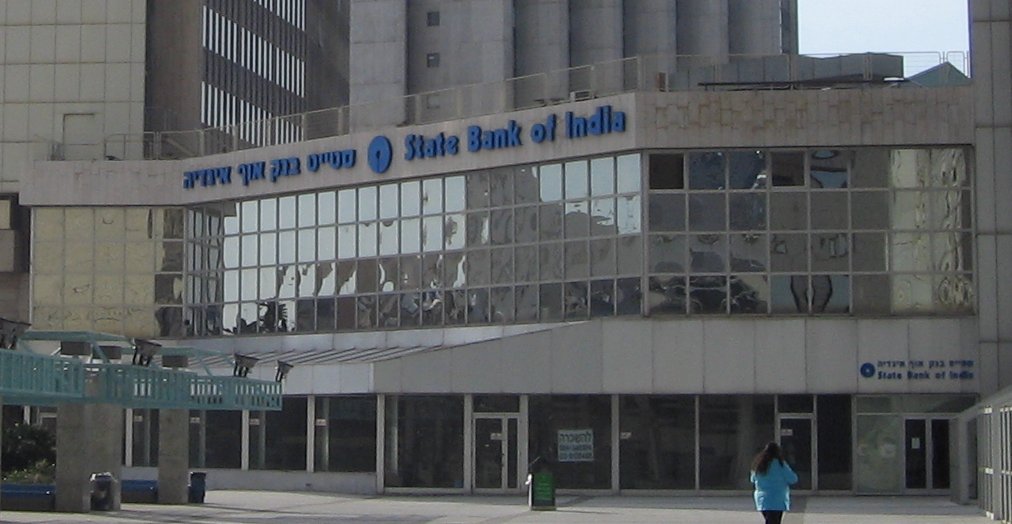The Government is taking many citizen-centric initiatives and shedding its erstwhile obsolete governance centred around lower-level bureaucrats.
My father is a retired professor in his mid 80s and one of his biggest challenges is the annual ritual of proving to the State Bank of India that he is alive so that the bank disburses his pension. This is true of lakhs of pensioners across the country. Often, one comes across elderly lining up in public sector banks to assert their existence. Not only in banks, go to any Government office dealing with pension, it’s not difficult to find a number of hapless elderly people struggling to negotiate the rude, stubborn and archaic mindset of lower-level bureaucracy.
In one stroke, Delhi Chief Minister Arvind Kejriwal dealt a severe blow to this mindset and age-old roadblock to good governance when he launched the ambitious doorstep delivery of Government services programme this month. Described by Deputy Chief Minister Manish Sisodia as a first-of-its-kind in the country, people can avail of 40 services from seven Government departments, sitting at home. This is truly a historic initiative and transforms the way governance is delivered. In a tweet, Kejriwal wrote that there is a need to change the way we are being governed — administration and governance needed complete overhaul and both should become citizen-centric.
This programme can become a game-changer and a model for several States as it promises to bring about a paradigm shift in people’s engagement with the Government. It will mean a world of difference to them, especially the elderly, disabled, women and children. After the ‘happiness curriculum’ and ‘mohalla clinic’ programmes, this comes as an icing on the cake and takes governance reforms to new levels. One of the understated advantages of competitive federalism that Prime Minister Narendra Modi so passionately articulates is that it sets a new benchmark in public policies and programmes.
The Prime Minister has led from the front and his people-centric programmes are yielding effective results. Pradhan Mantri Ujjwala Yojana, for instance, is lighting up lives in areas that hitherto remained mired in misery and darkness. Narendra Modi once said, “Federalism is no longer the fault line of Centre-State relations but the definition of a new partnership of Team India.” Among others, this spirit may have triggered multiple innovations of governance. Recently, Rajasthan Chief Minister Vasundhara Raje launched a unique programme to enable poor families to get access to information on Government programmes without any intermediary. Under the Bhamashah Digital Family Scheme, every Bhamashah family who are entitled to National Food Security, will be given Rs 1,000 in two installments by the State Government to purchase Internet-enabled smartphones.
Telangana Civil Supplies Department and Civil Supplies Corporation undertook a unique reform to plug loopholes in the public distribution system (PDS). “IT-based systems are the only way to cut corruption on a long-term basis. IT helps to cut interaction between Government and citizens while offering public services. Lesser interaction means lesser corruption,” says Akun Sabharwal, Commissioner & Secretary, Consumer Affairs, Food & Civil Supplies. According to Sabharwal, an IPS officer, “Technology has been effectively integrated at the four layers of the PDS architecture, from procurement till distribution to beneficiaries, and this has brought about transparency and efficiency besides blowing a death-knell to corruption, informs.” In fact, Telangana Minister for Finance and Civil Supplies, Eatela Rajender had said that the State Government had saved more than Rs 1,000 crore worth rice by plugging loopholes by effective use of IT in procurement and distribution.
At the first stage of procurement, 3,000 odd paddy purchase centers were provided with tabs to enter the details, besides effective streamlining of the procedure through what is called the Online Procurement Management System (OPMS). This caused impressive gains in procurement — from 24.28 lakh metric tonne in 2014-15 to 54.06 lakh metric tonne in 2016-17, besides eliminating middlemen in payment of MSP to farmers. To monitor movement of procured paddy in GPS fitted trucks, from buffer godowns to corporation godowns and subsequently to fair price shops, a special Command Control Centre was established by the department. The department introduced geo-fencing of 18,0000 routes to curb pilferage and smuggling. For last mile distribution through fair price shops, the department effectively used National Informatics Centre’s (NIC) ePDS software and Aadhaar seeding of beneficiaries.
“Telangana is the first State to have completed 100 per cent seeding of Aadhaar with 2.75 crore beneficiaries. Our electronic point of sale machine has also been introduced in all 31 districts and this offers massive ease to consumers besides securing the system against any foul play,” informs Sabharwal. CCTVs at PDS shop, a special T-Ration app and offering anywhere ration portability are some other revolutionary reforms that have brought about a revolutionary change in the PDS. Sabharwal didn’t lose time in acknowledging Herculean team effort, including those of his predecessors IAS Officer Rajat Kumar and IPS Officer CV Anand, who ensured this iconic metamorphosis. “I am just carrying the baton forward,” he avered. And he seemed to be doing that quite well.
Writer: Navneet Anand
Courtesy: The Pioneer








 OpinionExpress.In
OpinionExpress.In















Comments (0)